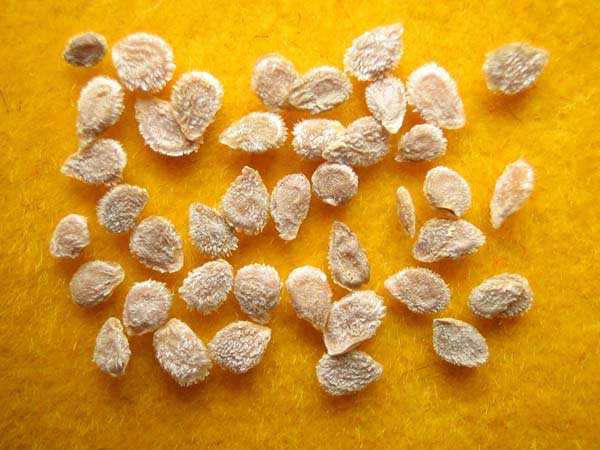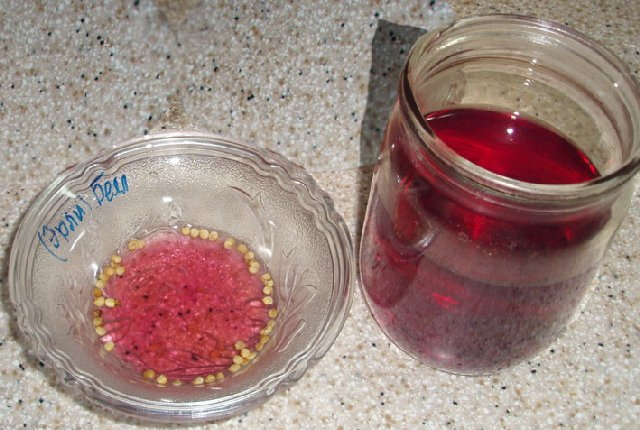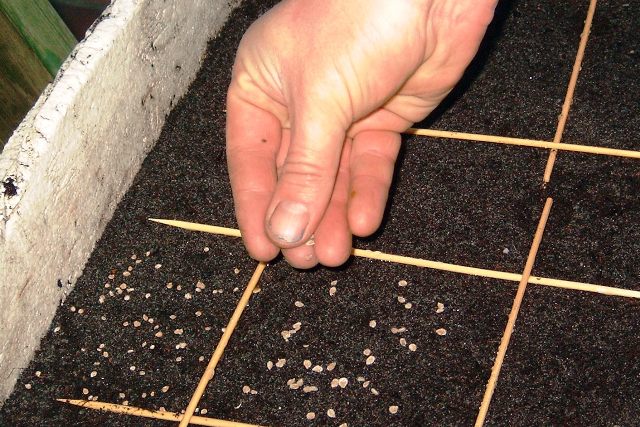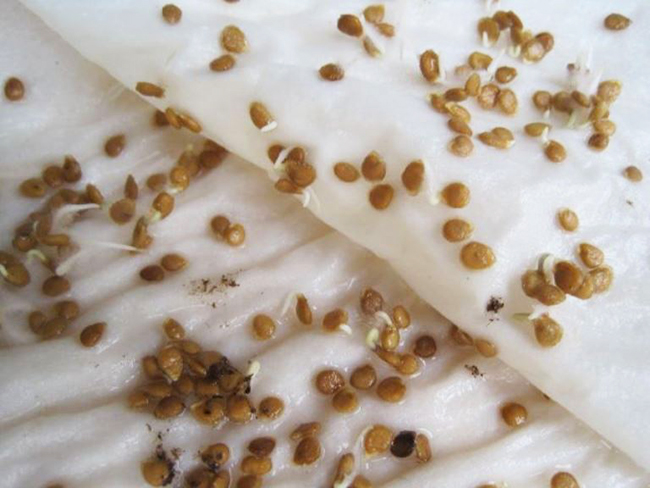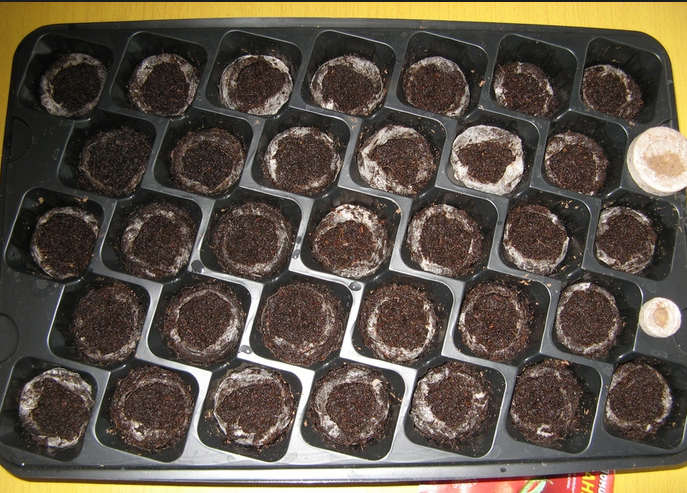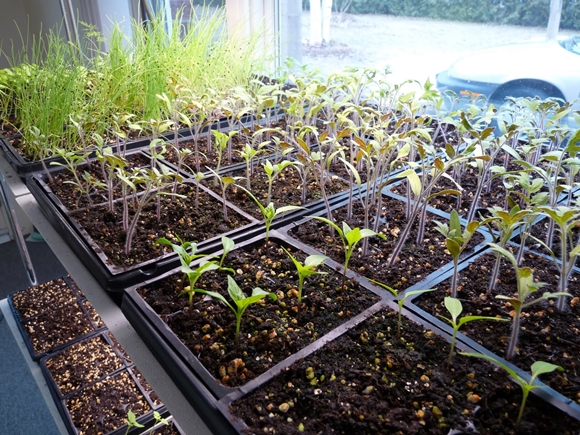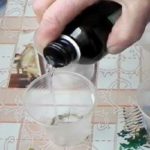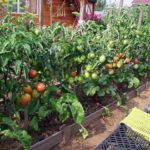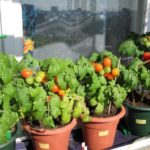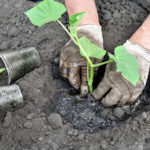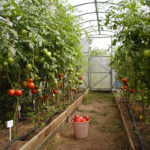Preparing tomato seeds for planting is important and necessary to minimize the risk of developing a large number of problems in the future. Thanks to this stage, the risk of developing fungal diseases of the plant is minimized, and the sprouts appear healthy and strong. But preparation must follow all the rules, otherwise vegetable growers risk being left without a harvest.
Right choice
How to prepare tomato seeds for seedlings? If you have decided to grow your own tomatoes, then this should be done from the very beginning. You need to buy not seedlings, but seeds.This is the only way to be sure that all the important nuances of caring for them will be observed.
It is better to buy grains for sowing, but you can also collect them (only from a high-quality harvest). There is always a picture of the expected harvest on the packaging. It is important to study the packaging dates indicated on the packaging and the weather conditions that a particular variety can withstand.
In regions where the climate is cold, it is better to choose early varieties. In warm areas you can try growing late varieties. It is important to consider the place where the future seedlings will be planted. There are special varieties for greenhouses, open ground, and even for the windowsill of a house.
Once the variety has been chosen, another question arises: how to process the seeds so that the harvest pleases with its quantity and quality without causing major problems?
Preparing tomato seeds for sowing as seedlings begins with selection. After the purchase is made, the pack is opened and selection for further care begins. They are poured onto a paper surface and only those that are large and dense are selected. Empty, small ones will have to be thrown away.
Liquid with table salt will allow you to properly prepare the seeds by determining their density. As soon as the grains fall into such a solution, you can immediately determine the quality part. Dense seeds end up at the bottom, while hollow ones float to the surface.
Even purchased grains from a pack contain many microbes and fungi. When they fall into the ground, they begin active life. The first shoots emerge weak and die. Therefore, preparing tomato seeds for planting seedlings cannot be done without disinfection.
A recipe based on potassium permanganate is effective and popular. But it needs to be done correctly.A solution that is too saturated or an increase in the time the grains remain in it affects the speed and quality of germination. Tomato seeds should be kept in potassium permanganate for no more than 35 minutes.
Just add 1 g of potassium permanganate to the water and mix well. After the grains have been in this solution for the allotted time, they are washed with plain water and left to dry completely in a warm room.
Preparatory steps
Preparing tomato seeds for sowing includes procedures to strengthen the plant, reduce the risk of disease and increase the number of harvests in the future. Before planting seedlings, seeds must undergo disinfection, hardening, bubbling and additional feeding.
Many vegetable growers, sparing time and effort, wonder whether it is necessary to soak the seeds? It is not possible to treat tomato seeds before planting without soaking. Seeds can be covered with a thin layer of melt or rainwater for 48 hours. If you pour too much water, they may rot.
There are many other solutions for soaking tomato seeds that gardeners use. You can use juice from aloe leaves or a purchased solution. Treatment of tomato seeds before sowing can be carried out with solutions based on sodium humate, Zircon or Epin extra. They stimulate growth and strengthen cultivated plants.
Pre-sowing preparation of tomato seeds is continued with the hardening procedure. Soaked grains must undergo a hardening stage. Hardening of tomato seeds before planting is recommended to withstand unfavorable weather surprises in the future (wind, hot days or cold nights).
In order to harden future plants, you need to place the grains in a wet towel and leave them at a temperature of 20 degrees for approximately 12 hours, then move the towel to a cold place for 7 hours. The seeds need to be hardened in this way for three days. Throughout this period, you need to monitor the temperature and humidity of the air, otherwise the planting material may rot or mold.
Hardened seedlings will not succumb to temperature changes and will withstand bad weather.
Treatment of tomato seeds before sowing requires a disinfection procedure. Seed disinfection is carried out using a wide variety of recipes; the most popular are prepared based on potassium permanganate 0.1% and hydrogen peroxide 10%.
Before sowing, tomato seeds also require a procedure such as bubbling. It allows the seeds to swell, become saturated with oxygen and then germinate faster. The seeds are poured with half a glass of water and stirred (bubble) periodically for 4 hours. If you have an aquarium in your house, you can connect the tube to the compressor. The grains will be even more enriched with oxygen. After a while, they are placed on a dry cloth to dry completely.
Pre-sowing treatment of tomato seeds to increase yield is carried out with feeding. The following recipe is popular. Nitroammophoska, sodium humate and wood ash are poured with a liter of water. Tomato grains in potassium permanganate are kept in a specially made gauze bag, which is dipped into the resulting solution for half an hour. After this, the seeds are kept in a wet towel until they begin to germinate. As soon as the first sprouts hatch, they are transplanted into prepared soil.
To ensure that the treatment of tomato seeds before planting is not in vain, each stage must be performed correctly. They take into account the location of further planting of seedlings, taste, height of bushes, weather conditions and other factors.
Read more about the soaking procedure
To the question of whether it is necessary to soak tomato seeds before planting, the answer will be given a definitely positive answer. Soaking tomato seeds is recommended for growth and high yield. If you skip this stage, the seedlings will not grow well and the bushes will be susceptible to many diseases, as well as pests. The harvest will also not please you with its quality and quantity. Whether to soak the seeds is up to everyone, but the further result will depend on this stage.
Soaking tomato seeds can greatly reduce the risk of these problems. It is extremely rare that treated seeds are susceptible to disease.
There are many recipes and ways to soak tomato seeds before planting. How long you can soak tomato seeds depends on the recipe and the ingredients used. What can you soak the planting base in? Recipes that are popular and effective among agronomists and amateur gardeners.
- You can soak the prepared base in aloe juice. The product is safe, natural and nutritious. Increases the plant's resistance to disease and stimulates growth at any stage of development. How to soak seeds in aloe leaf juice? Fleshy aloe leaves are first placed in a cold place. After this, squeeze out the juice. Can be used neat or mixed with water. The fabric bag with the contents is dipped into the solution for 24 hours.
- It is useful for seeds to infuse with wood ash. 60 g of ash is dissolved in one liter of water and left for two days to infuse.After two days, the infusion is ready for use. To enrich the infusion with mineral components, you need to leave the base for 4 hours.
- Tomato seeds can be treated in a solution with Epin. This is a plant-based drug that not only stimulates plant growth, but also increases its resistance to various adverse factors (lack of light, cold weather). Add 5 drops of the drug to warm water (100 ml) and leave for about two days. Epin for seedlings is used to stimulate the germination process.
- You can soak tomato seeds in a mixture based on chicory acid. The drug Zircon is a powerful activator of the growth of seedlings and their roots. You need to soak the seeds in Zircon for about a day.
- Fitosporin can be used to soak seeds. It is a biological means of protecting grains from diseases. Add about 3 drops of the drug to a glass of water and soak the seeds for three hours. After the procedure, a protective film of beneficial bacteria is formed on the seeds. It prevents pathogenic bacteria from entering inside.
You can soak tomato seeds in solutions with various ingredients that will have a positive effect on the further development of the cultivated plant: honey, mushrooms, tea, onion peels. The main thing is to maintain proportions so that your care does not harm future seedlings.
Disease Control
The disinfection procedure is necessary to get rid of all pathogens that live on the seed shell. The most common recipes include potassium permanganate and hydrogen peroxide.
- Soaking tomatoes in potassium permanganate is carried out for the purpose of disinfection.How to properly soak tomato seeds before planting in a composition with potassium permanganate? A solution of a light pinkish tint is prepared. If the mixture is saturated, the tomatoes may die. Seeds should be kept in potassium permanganate for no more than 35 minutes. After 30 minutes, they are removed from the mixture and washed. You can use baking soda for this purpose. This will allow the planting material to be completely disinfected.
- It is very simple to prepare the solution. 30 g of soda are diluted in a liter of water. The seeds are left in this solution for three hours. Then they are washed with clean water and placed in gauze soaked in fertilizers. After just three days, you can begin sowing seed material. Thanks to these solutions, the seedlings will have a strong stem and roots and a high yield will be obtained.
- How to treat tomato seeds with hydrogen peroxide? For two days, you can soak the seeds in 10% hydrogen peroxide to achieve a disinfecting effect. The amount of active ingredient must be equal to the number of seeds. A solution with hydrogen peroxide reduces the nitrate content in fruits, increases the germination rate, and strengthens the immune system. In addition, it helps to disinfect the surface of each grain, which often contains germs and fungi in a dormant state.
- Gardeners often use the biological preparation Fitolavin when growing tomatoes on their own. The composition based on streptothricin antibiotics prevents the development of the most common diseases among tomatoes. The drug is absolutely safe for humans and does not affect beneficial soil flora.
- Thermal disinfection has been popular since ancient times. The method allows you to get rid of harmful microbes and increase productivity.For this purpose, a place will be organized for planting material within two days where the air temperature will be about 30-50 degrees.
If you start fighting bacteria and fungi at this stage, then in the future the green bushes will be able to independently fight the invasion of pathogenic bacteria.
Start of sowing
The prepared base must finally go through the germination process. For this purpose, tomato grains are placed on a damp cloth, covered with another layer of wet cloth and placed in a warm room. Re-moisten the fabric as necessary. As soon as the first shoots hatch, the seeds are planted in the soil.
Preparing tomatoes for sowing is not complete without good soil. For seeds to germinate, special conditions are required:
- The soil should be doused with boiling water before sowing to get rid of any infection;
- disinfect the seeds themselves;
- loosen the soil well;
- plant no deeper than 1.5 cm;
- the soil should not be cold;
- presence of sufficient moisture;
- awakening seeds from dormancy.
There are other rules for preparing tomato seeds for planting. Before sowing, they must visit a warm place. If they are kept in the cold and immediately planted in the ground, then the first shoots will hatch not after three days, but after three weeks.
You can prepare the soil for tomato seedlings yourself. Black soil, humus, peat, superphosphate or wood ash will be useful. The components can be mixed with each other.
When sowing cooked grains in one large container, you must follow the rules. The distance between the recesses should be at least 2.5 cm. After planting, the container is covered with glass or plastic film. The soil requires regular watering and ventilation. As soon as 90% of the seedlings have sprouted, the film is removed.
When determining the time for planting grains in the ground, gardeners rely on personal experience and be sure to take into account climate standards, the selected variety of tomatoes and the conditions in which they will grow.
If you plan to grow seedlings in a greenhouse, the best time to sow seeds is the end of February. For further cultivation in open ground, but under cover, the best time is the beginning of March, and without cover - the end of March.
But some vegetable growers do all actions related to planting and caring for plants according to the lunar calendar. It is developed by astrologers and agronomists. In their opinion, the Moon, being at different distances from the Earth, affects the entire living part of the world. Plants need to be sowed and replanted when the Moon is waxing. In this case, the seedlings develop well and quickly. The dates according to the lunar calendar are calculated differently every year.
As soon as the first true leaves appear, the seedlings dive (pinch off the long roots without touching the weak and short ones). Large and strong bushes can be transplanted into separate containers, for example, disposable plastic cups. It is necessary to make holes at the bottom of the cups so that moisture does not stagnate.
To avoid problems with seedlings, you need to follow important rules for caring for them:
- You need to water regularly, preferably with a watering can, without pressure;
- the seedlings are placed in a well-lit place, without drafts;
- the container must be constantly turned on different sides so that the stems are even and do not stretch upward;
- there should be enough space for the development of each bush;
- It is recommended to apply mineral or organic fertilizers every two weeks.
There is nothing complicated about caring for tomato seeds.If you spend a little more time on the preparatory stage, taking into account all the features, then in the future there will be fewer difficulties and the result will pleasantly surprise you.

